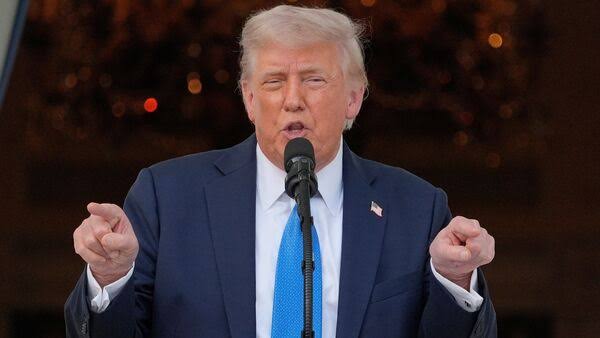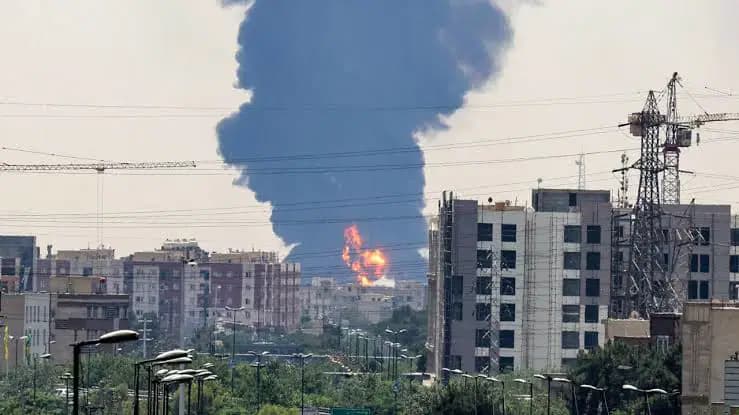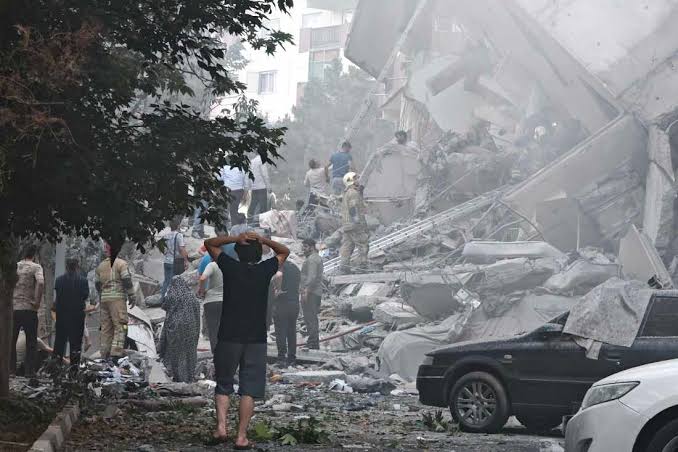President Donald Trump signed a proclamation on June 4, 2025, enacting a comprehensive travel ban on nationals from 12 countries and imposing partial restrictions on seven others, effective June 9, 2025. The executive action, which builds on Executive Order 14161 signed on January 20, 2025, marks a significant escalation in U.S. immigration policy, citing national security concerns as the primary justification. The fully restricted countries are Afghanistan, Myanmar (Burma), Chad, Republic of the Congo, Equatorial Guinea, Eritrea, Haiti, Iran, Libya, Somalia, Sudan and Yemen, while partial restrictions apply to Burundi, Cuba, Laos, Sierra Leone, Togo, Turkmenistan, and Venezuela. This decision has sparked intense debate, with supporters praising it as a necessary step to protect American interests and critics decrying it as discriminatory and counterproductive. Here’s a detailed look at the proclamation, its implications, and the broader context.
The Details of the Proclamation
The proclamation, announced just hours before its signing, suspends entry for all nationals from the 12 fully restricted countries, effectively barring them from obtaining visas or entering the United States. The seven partially restricted countries face limitations on specific visa categories, though the exact nature of these restrictions varies by nation. For example, Venezuela and Cuba may face tighter scrutiny for certain non-immigrant visas, while Burundi and Sierra Leone could see limits on tourist or business visas. The White House has stated that these measures are based on a rigorous assessment of each country’s vetting processes, visa overstay rates, and perceived terrorism risks.
The proclamation stems from Executive Order 14161, which directed the Department of Homeland Security (DHS), Department of State, and other agencies to evaluate countries with inadequate identity management, information-sharing practices, or other risk factors. According to the administration, the 12 fully banned countries failed to meet baseline security standards, including biometric screening, cooperation on counterterrorism, and compliance with U.S. visa regulations. The seven partially restricted countries were deemed to have deficiencies but not severe enough to warrant a total ban.
Exemptions are included for certain groups: lawful permanent residents (green card holders), existing visa holders, dual nationals traveling on passports from non-restricted countries, and individuals whose entry is deemed in the U.S. national interest (e.g., for humanitarian or diplomatic reasons). The proclamation also allows for case-by-case waivers, though critics argue the process for obtaining waivers is often opaque and inconsistently applied.
The Rationale Behind the Ban
The Trump administration has framed the travel ban as a critical tool to safeguard national security. In a statement accompanying the proclamation, the White House pointed to “unprecedented threats” posed by inadequate vetting in the targeted countries, including risks of terrorism, identity fraud, and illegal immigration. The administration highlighted specific concerns, such as ongoing conflicts in Afghanistan, Somalia, and Yemen; political instability in Haiti and Myanmar; and Iran’s designation as a state sponsor of terrorism. Chad and Sudan, previously included in earlier Trump-era travel bans, were cited again due to persistent issues with information-sharing and visa overstay rates.
The proclamation also reflects a broader policy shift under Trump’s second term, which began in January 2025. The administration has prioritized stringent immigration controls, building on promises made during the 2024 presidential campaign. Supporters argue that the ban is a proactive measure to prevent potential threats from entering the U.S., particularly in light of global instability and recent domestic security concerns. “We’re not taking chances with America’s safety,” a senior administration official said during a press briefing. “These countries have shown they can’t or won’t meet our standards, and we have a duty to protect our borders.”
Echoes of Past Policies
This isn’t the first time Trump has pursued a travel ban. During his first term, Executive Order 13769, signed in January 2017, targeted seven predominantly Muslim countries, sparking widespread protests and legal challenges. That order, often referred to as the “Muslim Ban” by critics, was revised multiple times before the Supreme Court upheld a version of it in 2018 (Trump v. Hawaii), affirming the president’s broad authority over immigration policy. The 2025 proclamation expands the scope significantly, covering a more diverse set of countries across Africa, Asia, the Middle East, and the Caribbean.
Notably, the inclusion of Haiti and Myanmar has drawn particular attention. Haiti’s ongoing political and economic turmoil, exacerbated by gang violence, has led to a surge in migration attempts, which the administration argues strains U.S. border resources. Myanmar’s inclusion follows its 2021 military coup and subsequent crackdowns, which have destabilized the region. Critics, however, point out that many of the banned countries have relatively low rates of immigration to the U.S., raising questions about the necessity and proportionality of the measures.
Reactions and Controversy
The travel ban has ignited a firestorm of reactions. Advocacy groups, such as the American Civil Liberties Union (ACLU) and the Council on American-Islamic Relations (CAIR), have condemned the proclamation as discriminatory and xenophobic, particularly given the inclusion of several Muslim-majority countries. “This is a recycled version of the Muslim Ban, dressed up in new language but with the same harmful intent,” said an ACLU spokesperson. Critics argue that the ban disproportionately targets vulnerable populations, including refugees and asylum seekers, and risks exacerbating humanitarian crises in countries like Yemen and Haiti.
Legal challenges are already in motion. Several organizations have vowed to file lawsuits, arguing that the proclamation violates constitutional protections against discrimination and exceeds executive authority. However, the 2018 Supreme Court precedent may complicate these efforts, as the court previously ruled that national security justifications provide significant leeway for such policies.
On the other side, conservative groups and Trump supporters have hailed the ban as a necessary step to strengthen border security. “The president is doing what he promised: putting America first,” said a commentator on X, echoing sentiments from posts circulating on the platform. Some analysts suggest the ban could resonate with voters concerned about immigration, especially as the 2026 midterms approach.
Global and Domestic Implications
Internationally, the ban is likely to strain diplomatic relations with the affected countries. Nations like Cuba and Venezuela, already at odds with the U.S., may retaliate with reciprocal measures or escalate anti-American rhetoric. African nations like Chad and Eritrea, which rely on U.S. aid, could face internal political fallout if their governments are perceived as failing to address U.S. concerns. The partial restrictions on countries like Laos and Turkmenistan may also complicate trade and cultural exchanges.
Domestically, the ban could impact communities with ties to the affected countries. For example, the Haitian diaspora in the U.S., particularly in Florida and New York, has expressed dismay over the restrictions, which could prevent family reunifications and disrupt travel plans. Small businesses relying on tourism or remittances from these countries may also feel the economic pinch.
What’s Next?
The proclamation’s implementation, set to begin on June 9, 2025, will likely face immediate scrutiny. The Department of State and DHS are expected to issue detailed guidance on how the restrictions will be enforced, particularly for the partially restricted countries. Meanwhile, advocacy groups are mobilizing protests, and legal battles are expected to unfold in federal courts.
The broader question is whether this travel ban will achieve its stated goals. Critics argue that such policies often fail to address root causes of security threats while alienating allies and fueling anti-American sentiment abroad. Supporters, however, maintain that the ban is a pragmatic response to a complex global landscape.
As the debate unfolds, the proclamation underscores the enduring divisiveness of immigration policy in the United States. For now, the world watches as the Trump administration doubles down on its vision of a fortified America, while opponents prepare to fight back in courtrooms, public squares, and the court of public opinion.
Join our Whatsapp channel to stay updated always!




